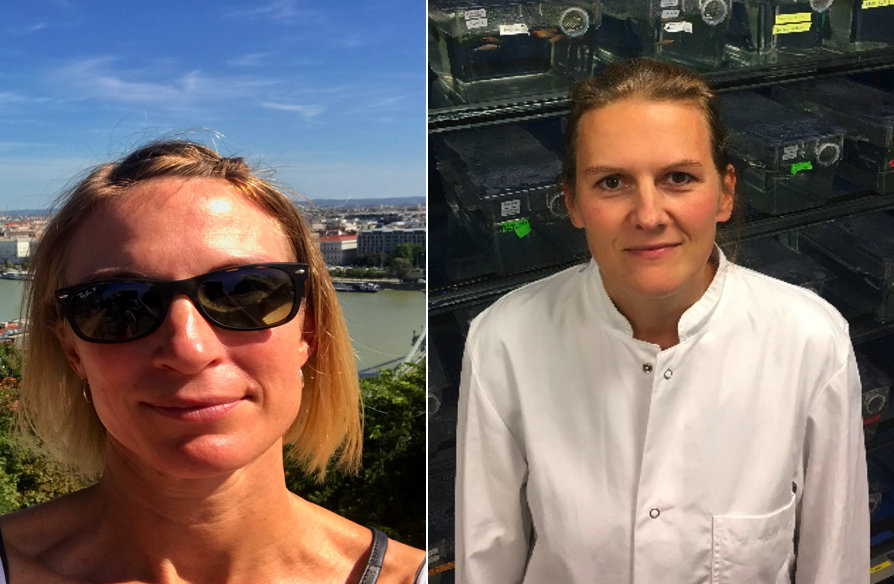B1042: Zebrafish as a model for fish diseases (joint WAVMA+EAFP WebCEPD)
Presenter: Dr. Louise von Gersdorff Jørgensen and Dr. Moonika Haahr Marana
Date: March 30, 2021 Time: 02:00 PM UTC
CEPD credits are available for this event
Costs for training: Free to full members, Free to student members, Non member/guest: $15
Already a WAVMA member?
Log in to your account
Not a WAVMA member?
Create a guest account to access this course
with more information about what it means to sign up as a WAVMA member.
More about this event
The first part of the presentation will introduce the zebrafish as model organism and explain why it is such a good model. In the second part the audience will be guided through some of the studies we have conducted with virus, bacteria and parasites in zebrafish, using real-time imaging techniques. The third part will include a brief talk about the CRISPR/Cas technique and the audience will be led through practicalities on how to conduct the procedure.
This WebCEPD in organized in partnership with the European Association of Fish Pathologists.
Presentation Learning Objectives:
- Understand why zebrafish is an excellent model organism
- Understand the value of real-time imaging
- Understand the CRISPR/Cas technique and its use in zebrafish
Speaker Bio
Louise von Gersdorff Jørgensen is Associate Professor in aquatic pathobiology, immunology and parasitology. She has a PhD in the immune system of fish and has been working with fish, vaccine development and molecular methods for 15 years. Since 2013, she has primarily been focused on zebrafish as a model organism for fish diseases utilizing the unique imaging tools available and has recently implemented the CRISPR/Cas gene editing technique.
Moonika Marana is assistant professor at the Laboratory of Aquatic Pathobiology at the University of Copenhagen. She has 12 years’ experience in working with fish diseases and vaccination, assessing innate and adaptive immune responses in fish after exposure to different pathogens and after vaccination. Throughout the last 3 years, she has worked with the zebrafish model and utilized several different strains of zebrafish for CRISPR/Cas gene editing, real-time visualization of host-virus interactions and for ecotoxicology studies.
